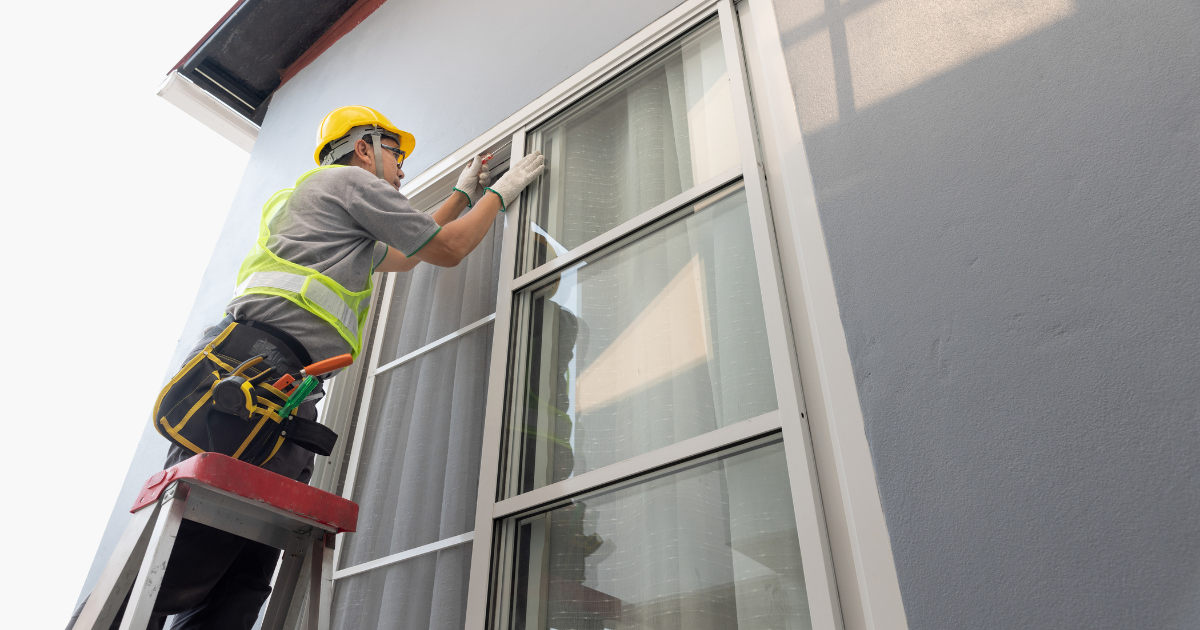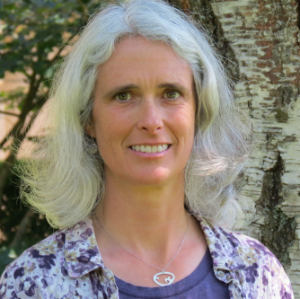Toxic-Free Future and partners created a new tool called the Healthy Materials Matrix that makes it easier for affordable housing developers to avoid toxic chemicals and create healthier housing.
The Healthy Materials Matrix was created in partnership with the Housing Development Consortium, Healthy Building Network, Sundberg Kennedy Ly-Au Young Architects, and International Living Future Institute, so that project teams working on affordable housing have an actionable guide for selecting healthier building materials that are free of toxics.
While we may not realize it, the building materials used in our workplaces, schools, and homes can contain chemicals harmful to health. For example, toxic halogenated flame retardants can be found in insulation, formaldehyde is used in composite wood, and phthalates are found in sealants, flooring, windows, and doors. These are just a few examples of toxic building materials.
Everyone can be exposed to harmful chemicals in the indoor environment, but affordable housing deserves special attention. That’s because residents of affordable housing tend to have disproportionately high exposure to toxic chemicals in building materials and furnishings as well as from other sources. Safer materials do exist and we don’t need harmful chemicals in materials we use to build and furnish buildings.
With safer materials already in existence for most major building products, we saw an opportunity to create a new resource that can help affordable housing developers use safer materials and show policymakers that harmful chemicals in building materials can be regulated.
How the Healthy Materials Matrix came to be
In fall of 2022, Toxic-Free Future connected with the Housing Development Consortium (HDC), a membership non-profit organization consisting of affordable housing groups in King County, Washington dedicated to increasing access to affordable homes. Under their Exemplary Buildings Program, HDC aims to create efficient, healthy, and durable affordable housing. HDC worked on releasing a new round of master specifications to their member organizations on building recommendations for developers to follow. Recognizing that this new release was a chance to include guidelines on safer, non-toxic building materials that developers across King County could use, we brought in our expert partners to help create a resource that outlines steps to using safer materials—the Healthy Materials Matrix.
Why we created the Healthy Materials Matrix
Having spent time over the last several years speaking with housing developers, architects, and other experts, we realized that a simple but informative resource was needed that highlighted the key actions needed to make multi-family buildings safer.
This resource could rally support for healthy choices in affordable housing and serve as a first step for making decisions on materials. To create this resource, we put our heads together with HDC, the Healthy Building Network (HBN), SKL Architects, and International Living Future Institute (ILFI) and shared our expertise. We aimed to create a guide that contained all the critical information a developer would need to incorporate safer materials into buildings, such as chemicals of concern, any major cost impacts, safer products that are available on the market, and whether switching to safer materials could help a building gain accreditation.
Partnerships played a key role in the process
HBN was able to provide recommendations on what types of materials developers should specify, and gave insight on the safest materials that can be used, drawn from their HomeFree Product Guidance. Gladys Ly-Au Young of SKL Architects provided insight on building material categories where architects have successfully transitioned to safer materials, as well as cost impacts of switching to a safer product. ILFI has a Red List of harmful chemicals to avoid, as well as their Declare database that lists safer products made without Red List chemicals. By referencing these two resources, ILFI also provided insight on cost impacts and identified examples of safer products.
HBN, SKL Architects, and ILFI were able to provide critical information on material recommendations, while Toxic-Free Future provided information on chemical health hazards.
By working together, we were able to create the Healthy Materials Matrix under HDC’s Exemplary Buildings Program. The matrix is now publicly available for developers on the HDC website, and a simplified version is also available on the TFF website for those curious about ways to avoid harmful chemicals in their homes.
The Healthy Materials Matrix makes transitioning to safer building materials feasible
The matrix lays out information on safer alternatives in a concise, application-oriented way that makes it easy for affordable housing developers to switch to safer building materials. Sorted by building material categories, the matrix is a spreadsheet that describes information on chemicals of concern, cost impacts of switching to safer alternatives, and recommendations on safer products for each category. It also indicates whether switching to a safer material meets Enterprise Green Communities Criteria or Evergreen State Development Standards—incentivizing the use of safer materials for gaining points towards accreditation. By laying out this information in a simple format with clear recommendations on how to reduce use of building materials containing harmful chemicals, affordable housing developers can easily identify a building material category they are finding a product for and reference the matrix to choose a safer material.
This easy-to-use resource will help propel the transition to safer materials in the affordable housing sector, in turn protecting affordable housing residents from harmful chemicals in their homes. The Healthy Materials Matrix shows how safer alternatives are feasible and available, so it can also be a valuable resource for implementing policy changes, such as policies banning the use of harmful chemicals like formaldehyde in building materials.
Already, we have seen how advocating for safer building materials through partnership can lead to change. Just this week, HDC received a nearly $1 million grant from the Washington Stormwater Center to replace floor products containing harmful chemicals with safer flooring options in affordable housing. This project will be a collaborative effort between HDC, SKL Architects, and TFF, further showing how essential partnership is, as well as how the Healthy Materials Matrix can be implemented into action.
There is no reason for building materials to contain harmful chemicals. Our partners at HDC, HBN, SKL Architects, and ILFI have shown that safer options exist and that architects and builders have been able to successfully incorporate safer materials into their designs. Having a resource like the Healthy Materials Matrix can help guide both affordable housing developers and policymakers in implementing material changes and regulations that will protect the health of people.
Thank you to our partners at Housing Development Consortium, Healthy Building Network, Sundberg Kennedy Ly-Au Young Architects, and International Living Future Institute for making the Healthy Materials Matrix possible.






